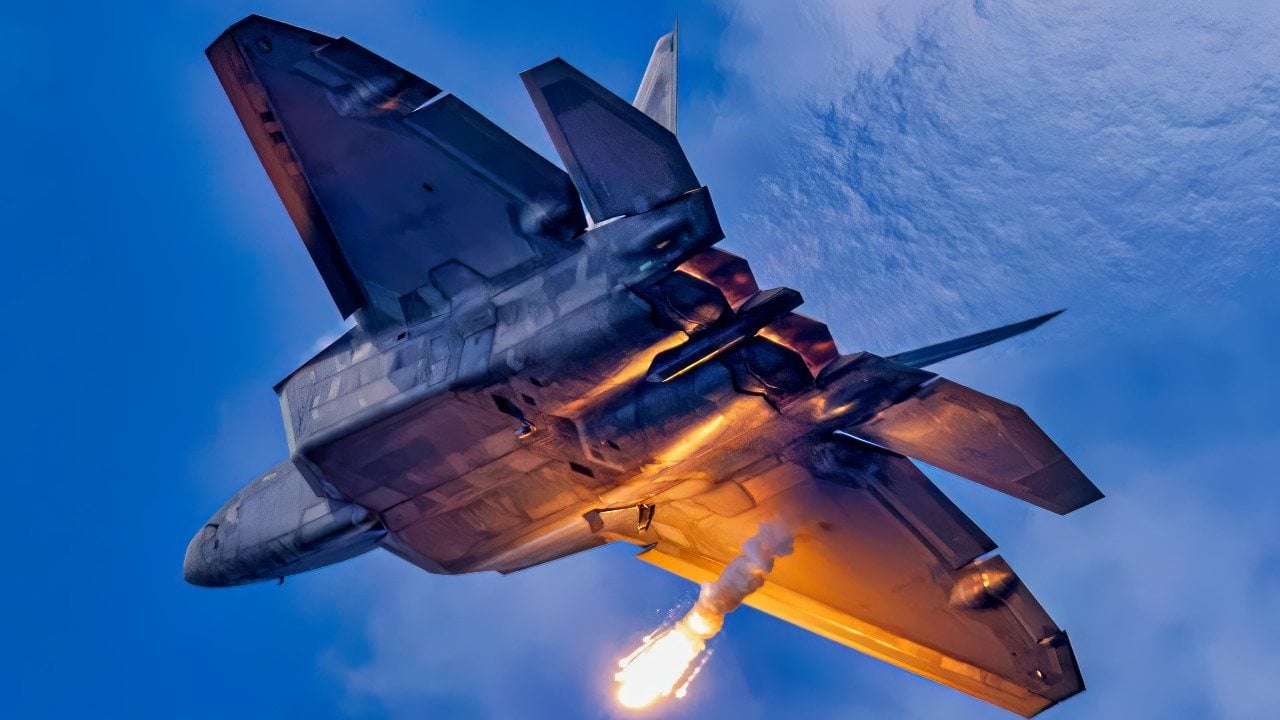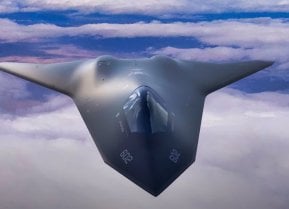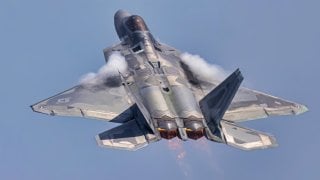F-22 Raptor: This Incredible Fighter Jet Is Slowly Headed Towards Retirement
As the Air Force prepares to introduce its Next-Generation Air Dominance (NGAD) sixth-generation platform, the F-22 appears to be inching toward retirement. In fact, the service plans to retire the Raptor sometime in the 2030s.
Why does the Air Force want to dump the F-22 Raptor? - The American-made F-22 Raptor is widely considered to be the best fighter platform to ever take to the skies. As the world’s first fifth-generation jet to enter service, the Raptor is equally honored among aviation buffs and military experts alike. However, as the Air Force prepares to introduce its Next-Generation Air Dominance (NGAD) sixth-generation platform, the F-22 appears to be inching toward retirement. In fact, the service plans to retire the Raptor sometime in the 2030s.
The history of the F-22 Raptor
The F-22 was designed and developed by the U.S.-based manufacturing giant Lockheed Martin in the 1990s. However, the concept of driving the jet actually evolved during the Cold War era. Before the dissolution of the Soviet Union, the U.S., USSR and China all competed to produce the world’s first fifth-generation fighter platform. The U.S. Air Force recognized the need to be the first to produce an air superiority fighter to maintain America's national security posture.
The Raptor was the first platform to combine stealth, supermaneuverability and super cruise in a singular airframe. The F-22’s greatest attribute is its small radar cross-section and twin thrust-vectoring F119 turbofan engines. These components enable the fighter to outperform all other fifth-generation platforms in the skies.
In addition to this unparalleled stealth, the Raptor is also a solid dogfighter. This formidable airframe can lug air-to-air and air-to-ground weapons including precision-guided ground bombs like the Joint Direct Attack Munitions. The Raptor can also carry six AIM-120 AMRAAMs and two AIM-9 Sidewinders when in the air-to-air configuration.
Why does the Air Force want to retire the Raptor?
Considering the F-22’s advanced specs and capabilities, many analysts have argued against the retirement of the platform. The Air Force, however, has noted that the Raptor’s design and avionics are increasingly dated and that the maintenance costs associated with the platform are too high.
When the Raptors first began entering service, the USSR collapsed and the U.S. agenda pivoted to the Middle East where air supremacy was not a problem. For this reason, the original 750 Raptors planned for purchase shrunk to a mere 186.

Last year, the Air Force argued that the remaining 32 Block 20 F-22s were too pricey to maintain. Instead, the service wanted to allocate the $500 million set for these fighters to be spent on the upcoming NGAD program.
Why maintaining the Raptor fleet (for now) is important:
Opponents of retiring the F-22 Raptors too early point to the rising threat climate, particularly in the South China Sea. If a kinetic war between Beijing and Washing does erupt prior to the 2030’s, the Raptors could play an important role.

The House Armed Services Committee agreed with this sentiment last year, when they argued that maintaining the Raptors for the time being was essential for “risk mitigation,” according to one staffer.
Until the Air Force’s new sixth-generation platform is up and running, fully retiring the few remaining Raptors would not be the best move.
About the Author: Maya Carlin
Maya Carlin, National Security Writer with The National Interest, is an analyst with the Center for Security Policy and a former Anna Sobol Levy Fellow at IDC Herzliya in Israel. She has by-lines in many publications, including The National Interest, Jerusalem Post, and Times of Israel. You can follow her on Twitter: @MayaCarlin.


